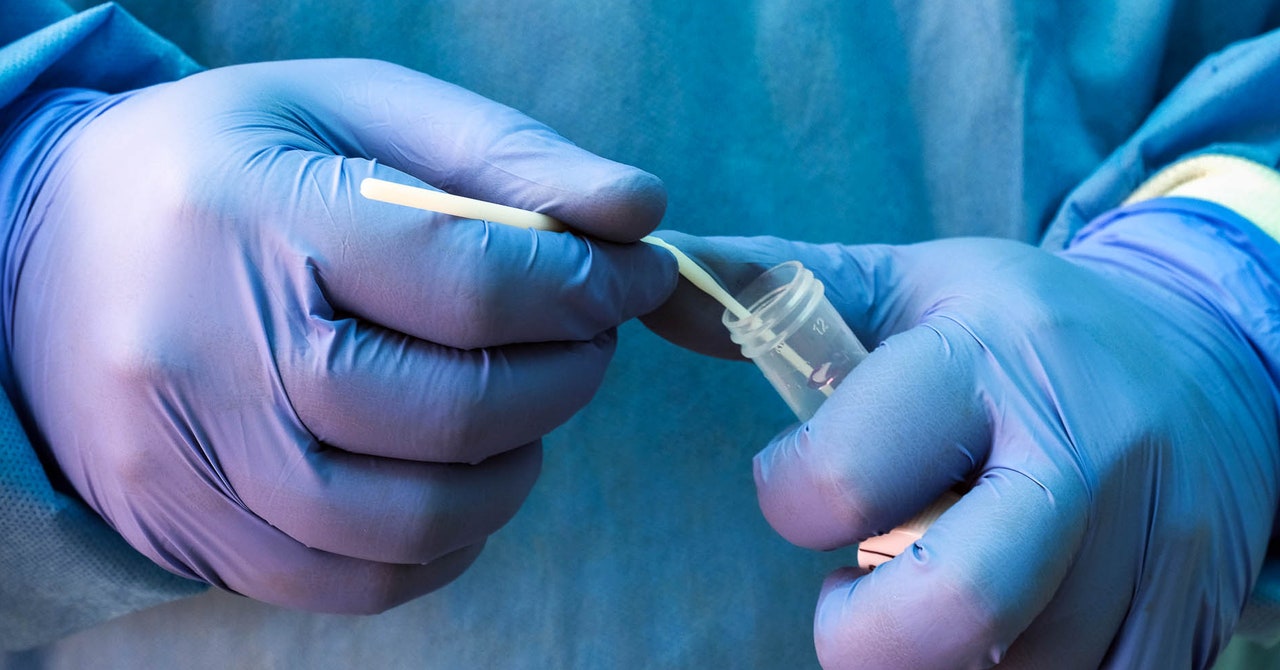
Since Omicron became the world’s dominant Covid variant, it’s taken on a lot of shapes. First there was BA.1, then BA.5, and eventually others, including BQ.1 and BQ.1.1. Now all eyes are on another scrambled string of letters and numbers—XBB.1.5, also known as the Kraken, which has swept the northeastern US in recent weeks.
The World Health Organization (WHO) has deemed XBB.1.5 the most transmissible version of the Omicron variant to date and announced that countries should consider recommending masks for risky situations, like flights. It’s quickly becoming dominant in parts of the US, and some experts are worried it may be able to dodge immunity from past infections and possibly vaccines.
Any time a new variant snowballs so quickly, it garners attention. Significant variations of the SARS-CoV-2 virus can mean more illness, hospitalizations, and death, which can strain health care systems and increase rates of long Covid. While XBB.1.5 infections are swelling, the WHO says there’s no evidence that this variant’s mutations would result in more severe infections—but it’s still early. In the US, Covid hospitalizations are ticking upward but are nowhere near their early 2022 peaks. Still, the rise of a fast-moving variant puts attention back on an ongoing problem: how vaccines should be updated.
“For a while now, we haven’t seen a sublineage that’s taken off at that speed, so that’s another sign that this one might be worth watching for,” says Pavitra Roychoudhury, director of Covid-19 sequencing at the University of Washington Virology Lab. Roychoudhury says it’s important to get eyes on variants early to identify them and consider how to design future vaccines: “Until the time when we have a vaccine that will be effective against all variants, we’ll have to try and design them based on what is likely to be circulating at high frequency.”
This variant is a sublineage of a recombinant of two other Omicron offshoots. That mixing can happen when a person is simultaneously infected with two variants of the virus or if the two meet in wastewater.
This one could stand out among the several circulating Omicron variants if it turns out to have two advantages that would make it highly infectious—an ability to evade antibodies acquired from past infections or vaccinations, and strength in binding to ACE2 receptors, where Covid enters cells and infects people. A preprint posted in early January by Chinese researchers focusing on XBB.1.5 argues that it does, but that paper has not yet been published or peer reviewed.
“It’s kind of a one-two punch of mutations,” says Peter Hotez, codirector of the Texas Children’s Hospital Center for Vaccine Development and dean of the National School of Tropical Medicine at Baylor College of Medicine. “It not only has the immune escape properties, but it was able to do it while preserving its ability to bind to the receptor.”
It’s also spreading faster because of how people are behaving: Few are wearing masks compared to 2020, and many have traveled and gathered indoors to celebrate the holiday season. That’s a recipe for lots of people getting sick, fast. “What we’re having right now is this subvariant that has a lot of immune escape that is also coming into play when we have pretty much removed most, if not all, of our other public health mitigating practices,” says Stephanie Silvera, an epidemiologist and professor of public health at Montclair State University in New Jersey.


